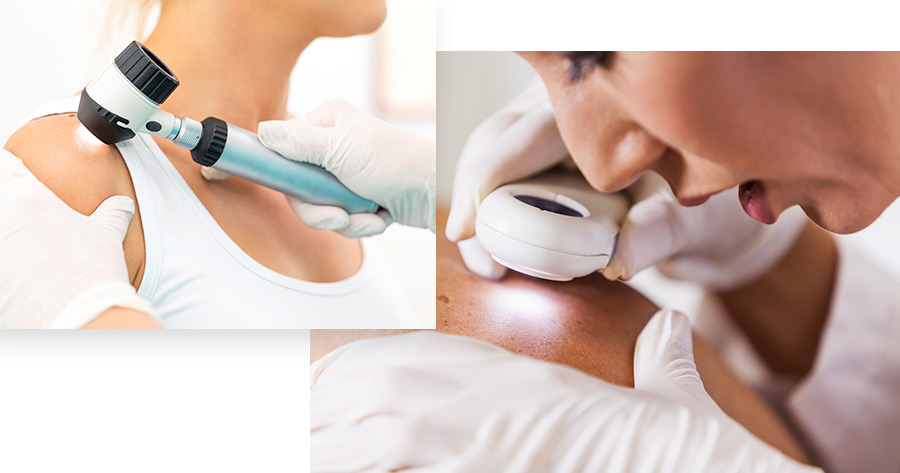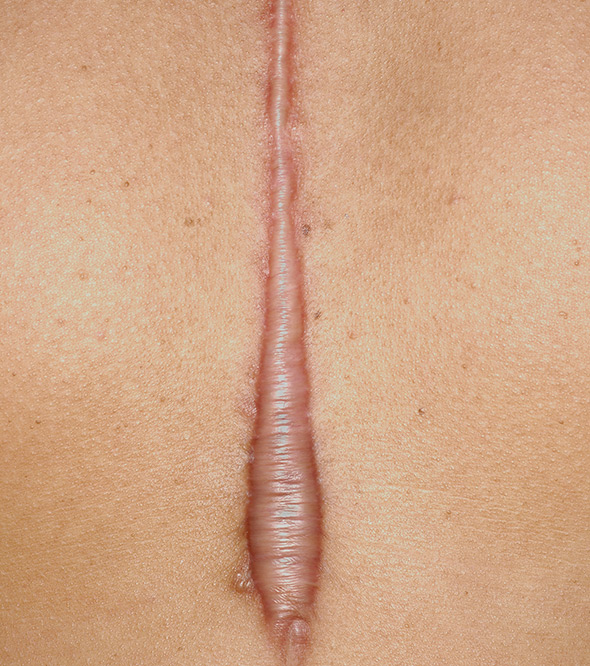SRT (Superficial Radio Therapy) is a safe and non-surgical treatment option for non-melanoma skin cancer. The treatment has also successfully proven to diminish the appearance of keloid scarring.
The SRT-100 treats the following types of skin cancer:
It is extremely important in successfully treating, fighting, and curing cancer. When done correctly the radiation can target the cancerous cells and cause the destruction of the cell, and can effectively diminish the look of keloids. Superficial radiotherapy is particularly helpful for patients on blood thinners or who have very large tumors in difficult to treat areas such as the nose, the scalp, or the shins. Furthermore, some may fear excision or Moh’s surgery and their associated risk of scarring.

Each patient and case is different, and therefore each needs to be treated in a unique way. This is why a physician will decide the number of treatments needed to appropriately treat your cancer or keloid. This multiple treatment procedure is nonsurgical and painless, with no need for any anesthetic. Once the area is prepped the X-ray is pointed toward the cancer lesion or keloid with an applicator cone over the area; each area takes about a minute and a half to treat. The treatment is administered 2-3 times a week for about 4-5 weeks, depending on the patient.

There will be some redness during the first few weeks following treatment. You can expect a small scab to form post-treatment. The body regenerates new, healthy skin underneath the scab, which falls off 1-2 weeks afterwards. The tumors gradually shrink and fade away, often with no scarring.
For keloids especially, the treatment results in little to no scarring, and reduces the chance for reoccurrence. The treatment has been shown to greatly reduce the recurrence of keloid scars to less than 5% of cases. Previously, there has been about a 40-50% recurrence rate for large keloids after excision. Keloid patients can be treated on the: ears, chest, neck, and most other areas; patients are thrilled with the complete flattening and pain elimination.

Receive skincare tips, news and special offers!